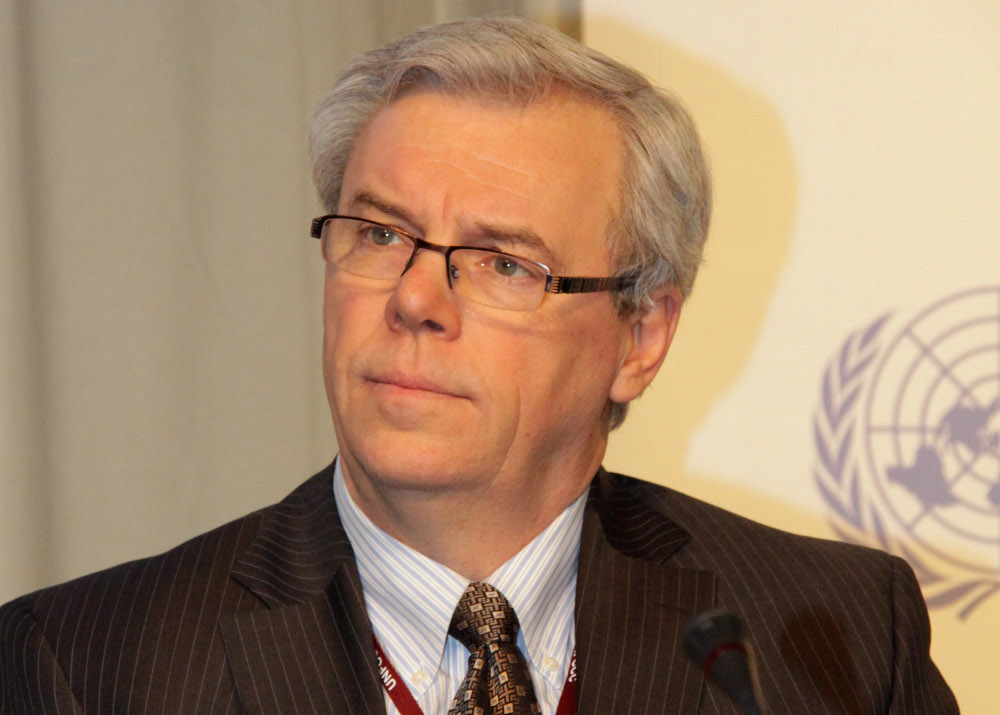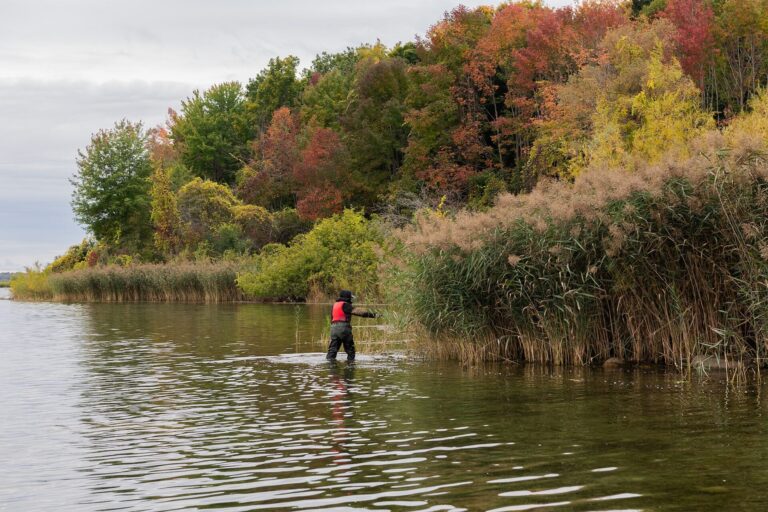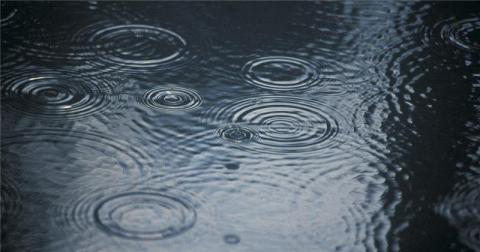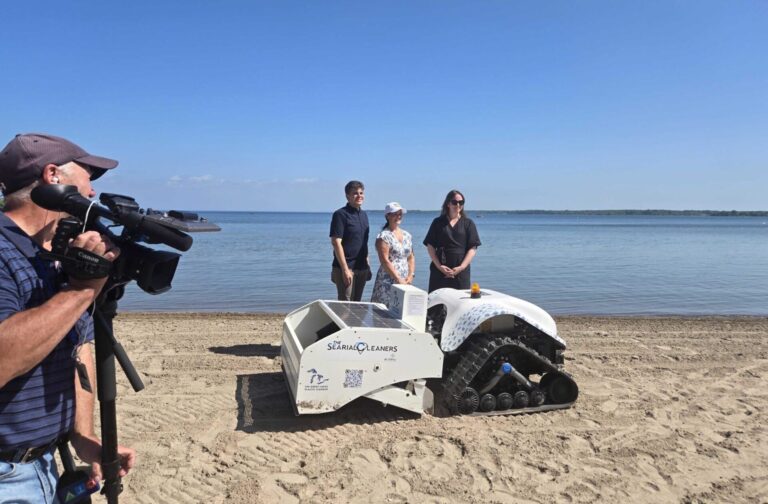The Government of Manitoba will take new action to protect the province’s water and save Lake Winnipeg, Premier Greg Selinger announced yesterday.
“The stakes are too high and the time to take action is now,” said Selinger. “Lake Winnipeg is one of the largest freshwater lakes in the world and it’s in trouble. We must take the steps necessary to preserve the lake and make it safe for generations of Manitobans to enjoy.”
The premier unveiled the plan to save the lake following the release on Tuesday of a report that clearly shows the lake is at risk. Dr. Peter Leavitt’s five-year study, commissioned by the province, recommends a 50 per cent reduction in phosphorous levels to reverse regular algae blooms and return the lake to a pre-1990 state.
The report shows phosphorous levels in Lake Winnipeg are three times higher than they were in Lake Erie when that lake was described as dead. The call to cut phosphorous levels in the Lake is echoed in the ongoing work of Dr. Greg McCullough of the University of Manitoba.
“The facts couldn’t be clearer. The health of Lake Winnipeg can’t return to what it once was without a significant cut in phosphorous levels and there’s simply no time to delay,” said McCullough.
Increased phosphorous is entering the lake from livestock farming, pollution from cities and wetland loss. Selinger said the Manitoba government will immediately focus on three key areas to reduce the pollutants that put the lake’s water at risk.
1. Keeping hog manure out of the lake by:
- banning any new hog industry expansion that does not use advanced environmental practices to protect water;
- enshrining in legislation a permanent ban on winter spreading of manure; and
- doubling funding for best environmental management practices that protect water and introducing a new tax credit to help farmers acquire new environmental technologies to treat manure responsibly.
“Allowing the hog industry to expand without limit would put our rivers and lakes at risk,” said Dr. David Schindler, Killam professor of ecology, department of biological sciences, University of Alberta. “If hog operations can’t control their manure effectively, they should not be allowed to expand. Similarly, care must be taken to ensure that run-off of synthetic fertilizers does not reach the lake.”
2. Modernizing sewage treatment in Winnipeg and throughout Manitoba by:
- Requiring the City of Winnipeg to replace its North End Sewage Treatment Plant with a full biological nutrient removal (BNR) Plant to keep pollutants out of the lake. Within a year, the city will be required to produce a plan on how it will meet strict limits of pollutant removal. The plan will then have to go to the Clean Environment Commission and the Public Utility Board (PUB) to ensure ratepayers are protected.
- Enshrining in legislation planning rules to ensure no new subdivisions outside city limits are built without an approved wastewater management plan.
“Phosphorus is regarded as the noxious pollutant responsible for fouling Lake Winnipeg,” said Dr. Henry Venema, director, International Institute for Sustainable Development’s Water Innovation Centre. “However, like potash, phosphorus is also a strategic resource essential to world food security and it should be captured, recycled and transformed into high-value products. Every waste‑water treatment plant in the world should be designed to maximize phosphorus recycling. BNR is the international standard for ensuring that phosphorus is returned to the land to grow the food we need.”
3. Protecting Manitoba’s wetlands by:
- restoring natural filters like the Netley-Libau Marsh that keep pollutants from entering the lake by investing in projects like cattail harvesting that reduce nutrient loading to the lake and rebuilding the marsh through innovative pilot projects;
- putting new powers in place to protect wetlands on Crown land; and
- banning the rapid expansion of peat extraction from wetlands.
“This move recognizes that Manitoba’s boreal peatlands are amongst the most carbon-rich wetlands in the world and taking action to protect them is the smart thing to do,” said Larry Innes, executive director, Canadian Boreal Initiative.
The premier said these actions will take Manitoba in the direction necessary to meet the target of a 50 per cent reduction in phosphorous levels in Lake Winnipeg.
Water-quality experts have also recommended the province review additional measures towards meeting the 50 per cent phosphorous reduction target. As a result, the province will:
- Meet with producer groups and stakeholders to find ways to cut phosphorous. Possible measures could include lowering application rates of manure on land, restricting fall application of manure to avoid run-off, requiring manure to be injected or incorporated into soil to prevent run‑off and reviewing impacts of measures focused on eliminating run-off from commercial fertilizer applications.
- Consult with municipalities to ensure upgrades of municipal sewage plants and lagoons can meet phosphorous-removal limits and water-quality objectives.
- Meet with stakeholders and develop a surface-water management strategy which could include incentives for landowners to retain wetlands and store water, drainage and infrastructure planning, wetland restoration, shoreline and riparian area protection, water allocation monitoring and planning, watershed planning and buyouts for producers in marginal flood-prone areas.
Selinger said, in the coming year, the province will host an international summit to bring together stakeholders and levels of government throughout the Lake Winnipeg watershed to coordinate phosphorous reductions.









